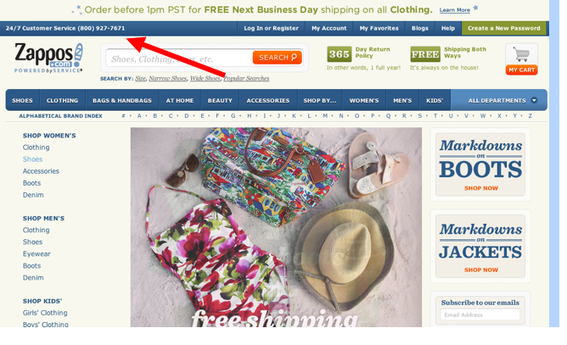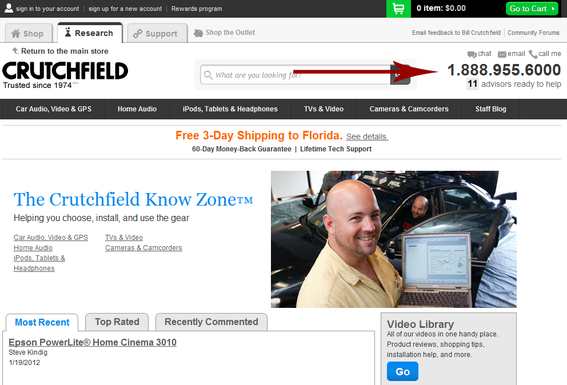Zappos.com’s customer service is legendary. It’s been known to order pizzas for customers, to take special product photos for customers, and to help customers match items and colors. It also refers consumers to competitors when they request products Zappos doesn’t carry.
Referring consumers to competitors seems counterintuitive. But think about it from the consumer’s perspective. Imagine walking into a brick-and-mortar retail store, asking for a product and the salesperson tells you the store doesn’t carry it. But then, the salesperson refers you to another store — a direct competitor — that may carry it. Likely you appreciate the salesperson’s willingness to help you, and you admire the store’s customer service dedication. You’ll likely return to that store again.
Customer Service is the Key
That method, referring consumers to direct competitors, applies to ecommerce merchants who value customer service, like Zappos. It works for many reasons, including the following.
-
Consumers seeking honesty. They tend to remain loyal to brands and companies they like, even if prices are slightly higher.
-
Shoppers whom have their needs fulfilled — whether or not they purchase a particular item from a store — are more apt to buy something else right then or soon after.
-
When shoppers are guided to their needs, they are more apt to share with others. A simple tweet or post can result in instant third-party conversions.
Zappos’ customer service is legendary. It posts the 24/7 customer-service number prominently on its site. Enlarge This Image
Enlarge This Image
Consider the following scenario.
A shopper visits an ecommerce store to buy several items. There is one particular item the store does not carry. The shopper then takes one of the following actions:
-
He purchases everything he needs that the store does carry, and then visits the other store to buy the specialty item.
-
He opts to buy everything at another, but returns to the initial store in the future.
-
He purchases nothing at the initial store and never returns.
If a store is helpful, the shopper is more apt to complete action 1. or 2. If the customer service representative ignores his needs, chances increase for action 3.
Crutchfield, the electronics retailer, offers multiple ways to contact its customer service department. Enlarge This Image
Enlarge This Image
Good customer service isn’t just about sending people elsewhere. In fact, the process starts with listening and determining if one actually needs a particular product.
By inviting visitors to interact with customer service — most commonly by posting phone numbers and live chat icons in prominent places — the process can be quite similar as that used in brick-and-mortar stores. Zappos has practiced sending shoppers directly to the source for many years. One can chat live with a representative and if Zappos doesn’t carry the necessary item, the representative will push a product page from another store right to the visitor’s browser.
Summary
The biggest hurdle in sending shoppers away is the worry factor. Most online store representatives shrug shoulders — instead of extending a helping hand — because store owners are concerned that such a practice is costing the company sales. Actually, the opposite is true, because not only can their visitors not find specific items, there’s no one there to simply ask, “May I help you?”.




